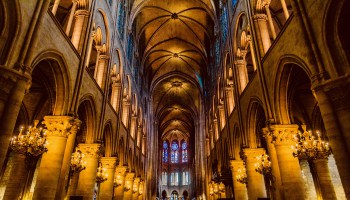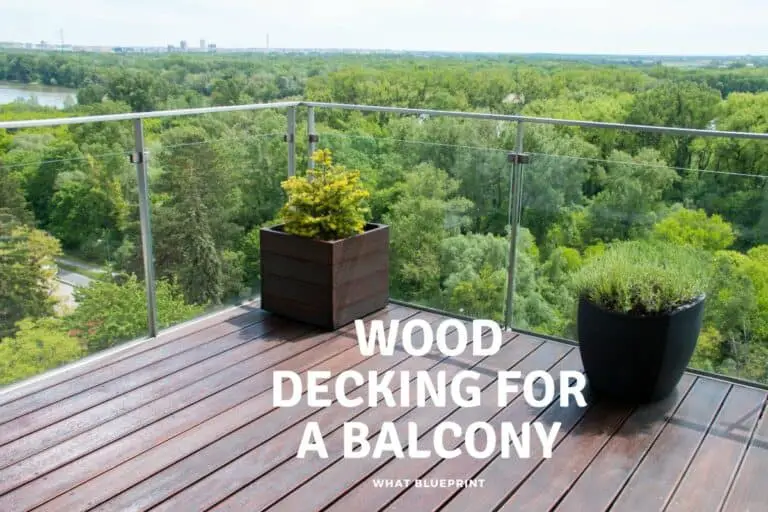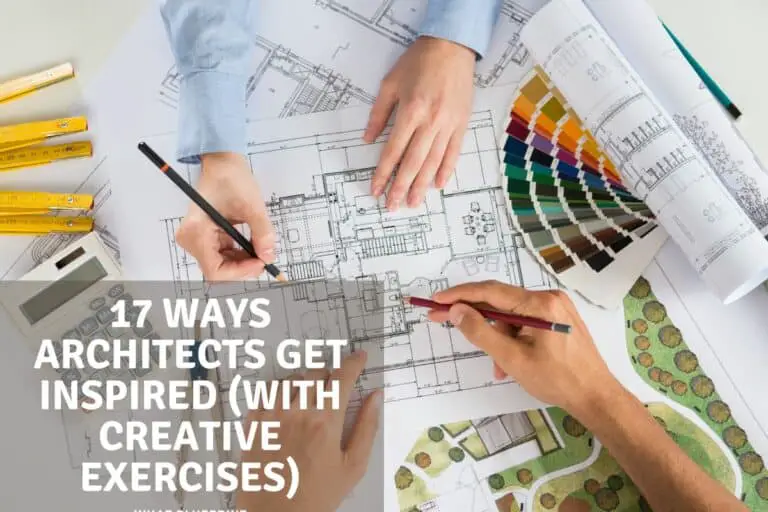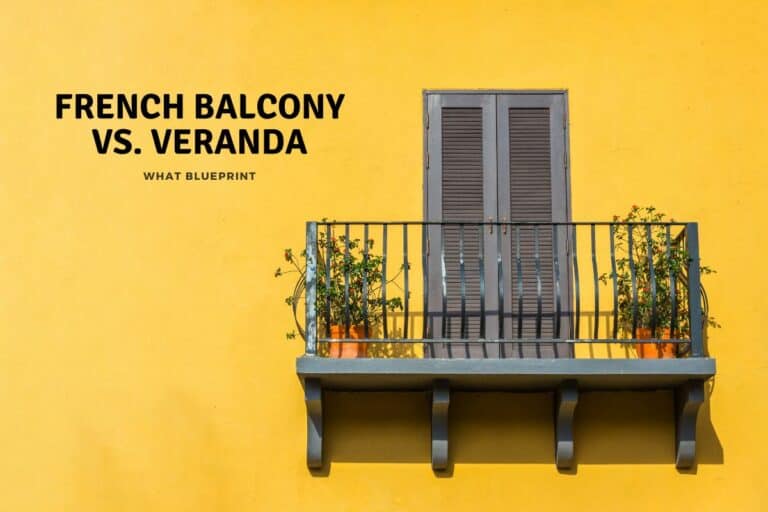8 Buildings That Prove It: Architecture Is An Art
When a person thinks about art, architecture isn’t exactly the first thing that comes into mind. Architecture is often thought of as a science, like engineering, rather than an art. There are buildings, however, that challenge this perception and show just how capable architecture is in expression and beauty.
Architecture, through both theory and history, has proven itself to be an art form, acting as a reflection of a civilization’s culture through its design. Whether that be from its forms, shapes, and sizes or through its use of colors and ornamentation, architectural design instills a certain feeling in people that most wouldn’t notice but would still feel, even without knowing exactly why.
In this article, we will be going into the buildings that prove that architecture is an art. These buildings were so masterfully planned and designed that it has moved people, challenging the perceptions of what a building can be. These are just brief analyses, compared to the journals and books written about these buildings, to give you a general idea of why these buildings are considered art.
What makes architecture an art?
A general definition that can be used to describe “art” is that art is any manifestation of human expression. Art can be anything that showcases human creativity and imagination while, at the same time, is focused on eliciting emotions or visual appreciation.
By this definition, architecture in itself is already considered as an art. Architecture is an expression of a civilization, whether that be directly or indirectly. Architectural design has evolved over the years, reflecting both human culture and technology.
Architecture as an art
This does not mean that form and details are not to be disregarded; they should instead be viewed as something part of that experience. The lines of the building, the finish of the details, and others are meant to express something and create an impression upon the users.
Throughout human history, we have always had the habit of making associations. The rigidness of the right angle and the stability and security it provides. The curves of a surface, giving it fluidity and freedom. There’s a reason why buildings are shaped as it is, whether it be by our design or by nature.
The experience that architecture brings can also be considered as a component of its art. The way that architects provide the opportunity for activities and how we move about gives it the ability to shape how we experience our life. Something as simple as having seats near a good view or having the tables in a certain arrangement promotes some form of human reaction.
The experience of a person is not exactly noticed; instead, it is unconsciously brought about. The feeling of a high ceiling and a big space, such as an old church, makes a person feel small. The intimacy of a common bedroom makes a person feel comforted.
As architecture can express and demand all it wants; it is the users that determine its meanings. The spirit of the place is the definition given to that space by the people who use it. This is where the expression of architecture as art comes in.
How to look at architecture from an artistic point of view
As there are many journals and writings that could be referred to when appreciating the beauty of buildings, the best way to see architecture as an art is not to think about it all actually. Just as we walk in nature, we do not look and examine the trees, nor do we look around and discern the rocks.
Architecture is meant to be experienced. A poem and a painting both make the person feel something when they interact with that art, but the way they make the person feel is entirely different because they play with the imagination. Architecture is different; there is no imagination, but instead only the reality of what is there.
The best way to appreciate architecture is to look at it through two lenses, which is what the built wishes to express and the experience that people derive from it. As architectural design often revolves around these two aspects.
Is architecture art or a form of engineering?
The realistic answer is that architecture is an art that relies on engineering as a medium. Just as a painter or a sculpture is well versed with the tools they are working with, Engineering is required in order to ensure that the building is usable and functional. If architecture is lacking in these elements, then it would defeat the purpose of which it expresses itself by.
Architecture delves into engineering by either integrating it into the design or designing it based on the needs of the engineering. There will forever be limits as to what can actually be built, and just because it can be built doesn’t necessarily mean that it would function properly. Architecture has to be creative and innovative in how it integrates the engineering aspect into the building.
Buildings that prove architecture is an art
Now let’s take a look at the 8 buildings I have selected to showcase how much of an art architecture can be and hopefully lay this subject to rest once and for all.
Falling Water by Frank Lloyd Wright
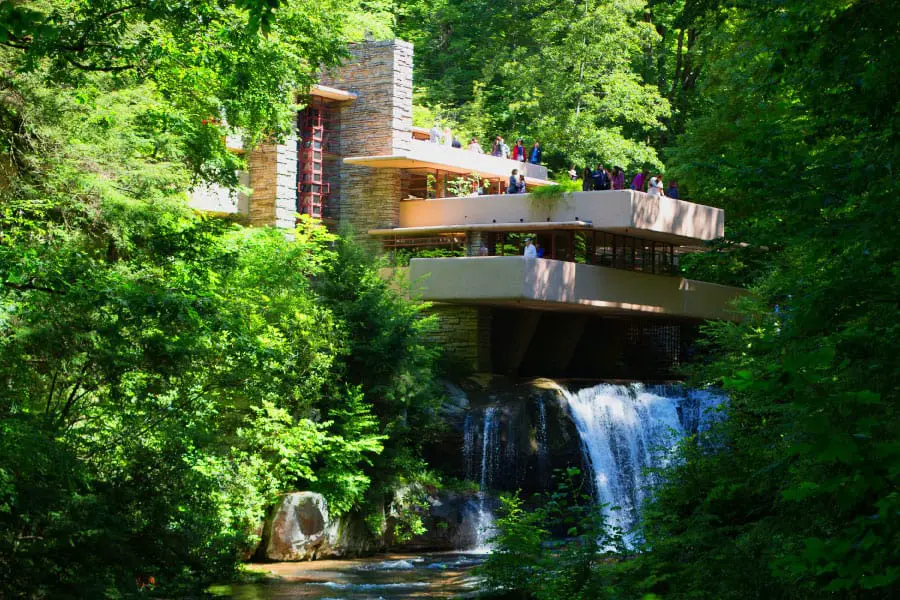
If the entire field of architecture were to be defined by one building, then Falling Water by Frank Lloyd Wright would be one of the top contenders for that honor.
Falling Water is a house built for the Kaufmaan family back in 1939. What makes falling water so particularly special is how it merges the built environment and the outdoor environment, unifying the two into one cohesive unit.
The house displays dominant lines and forms that both contrast and compliment the different elements found within its surroundings and from afar actually looks like a part of the rock formations near the waterfall. It’s particular framing of how the environment is seen by the users from the inside, from the intimate view of the stream below to the different perspectives given by its relatively generous amounts of balcony space.
What makes Falling Water cement the fact that architecture is art is how well designed and composed it is. Although, relatively simple and not complex at all in terms of its programming nor in its form. It achieves the status it does now through the harmony and the amount of detail and work that went into achieving that harmony between man and nature.
From the sound to the streams, the intimacy with the trees, or the general feel of the inside, everything about falling water and its design show how architecture can send that message through its design.
Mountain Dwellings by Bjarke Ingels
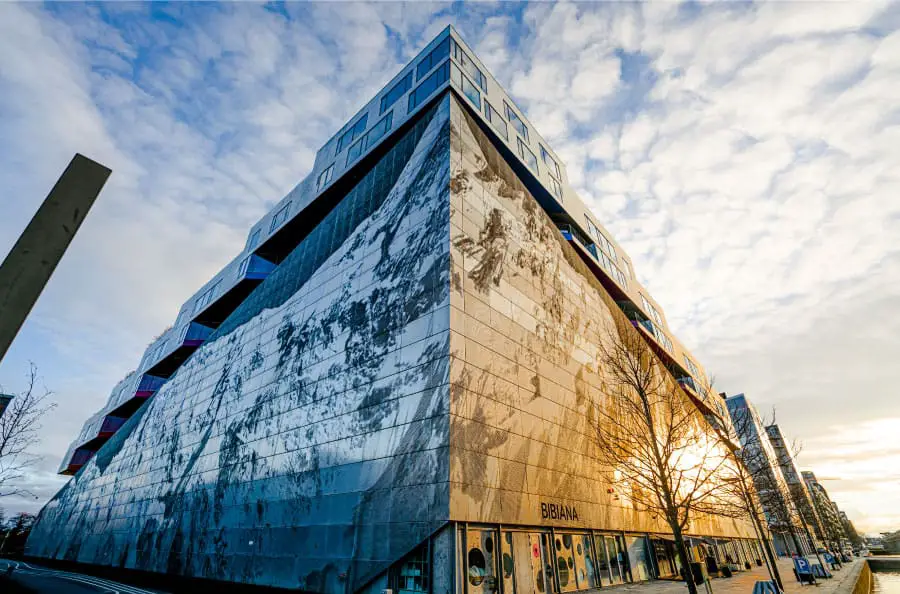
If architecture ever wanted to replicate nature’s massiveness, then mountain dwellings would be the perfect example of that idea.
Mountain Dwellings by Bjarke Ingels is an apartment building project located in Denmark. What’s interesting about Mountain Dwellings is that it defies the ordinary convention of how apartment buildings are usually built. Using a completely different mindset compared to that of the ones usually used in apartment designing, Mountain Dwellings has managed to create its own landscape through its form and apartment design.
From afar, the building really does look like a mountain due to its form, and the apartments along this mountain slope are built in the same way that structures are built on a hillside. A section view of the building shows that the building’s form constantly rises up as if there was a cave forming right underneath this mountain; this cave contains the building’s parking lot as well as other amenities.
This building proves that architecture is an art through its capability to invent a different experience for its users, despite their current environment. Bjark Ingels, through this design, has managed to bring that feeling of living on a hillside in the middle of the bustling city of Copenhagen through his design.
Casa da Musica by Rem Koolhaas
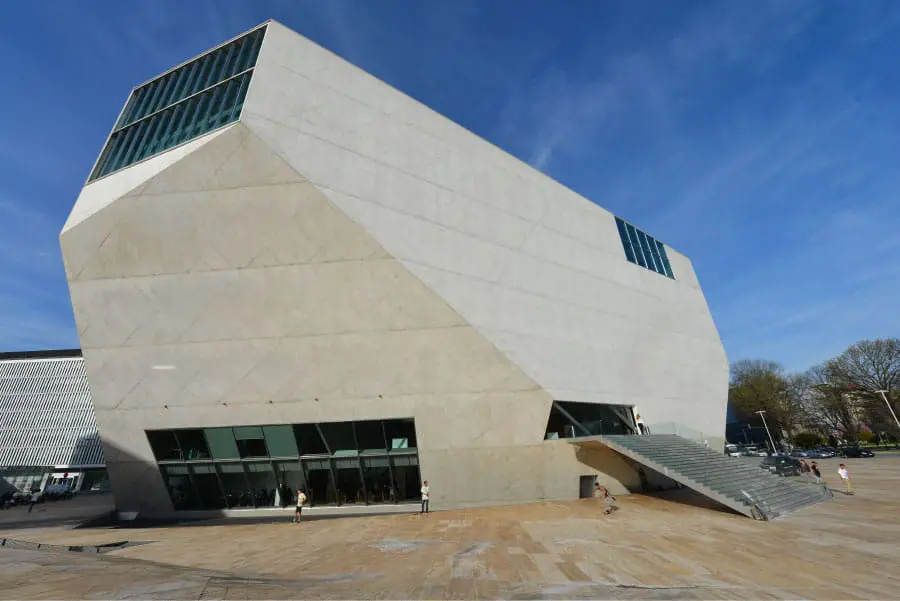
Casa da Musica is a structure that represents how diverse architecture can be. The vast difference between the interior spaces clearly shows how architecture doesn’t exactly have to follow one uniform theme to be successful. It’s dominant and irregular monolithic form establishes itself within the busy city.
The building looks as if it were just one singular object rather than a collection of floors; no columns can be seen from the exterior. Casa da Musica seems to be a mix up of irregularities and completely different rooms, tied in together to form one cohesive unit.
Guggenheim Museum Bilbao by Frank Gehry
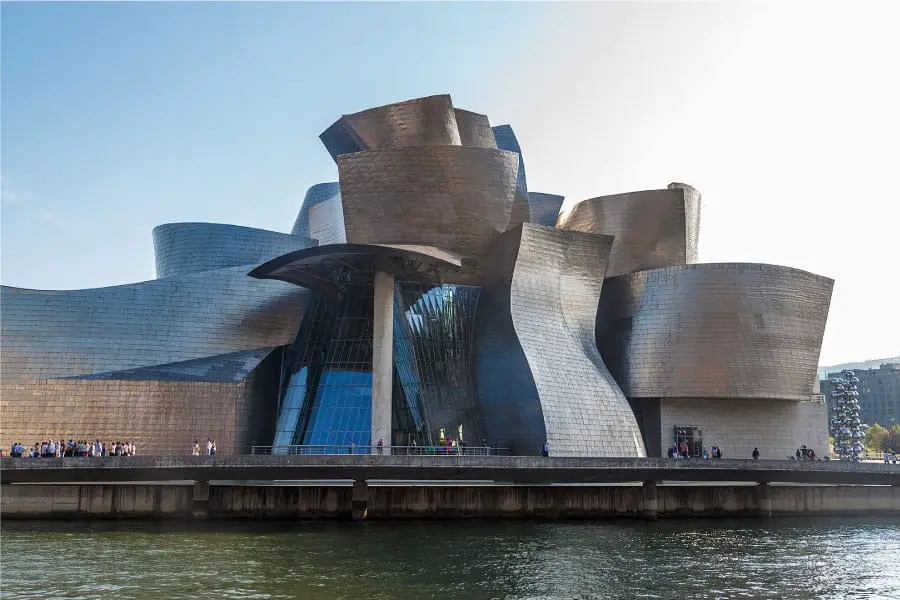
The Guggenheim Museum can be described as a sculpture. The form of the building and its design challenges what we consider what a building should be.
Clad with titanium with curves that could almost be reminiscent of that of a curtain and that of which captures the light in such new and profound ways that have never been seen before. The building’s beauty is in how irregular and yet has a beautiful usage of the curved titanium cladding.
How the design imposes itself upon the users, through the sheer scale and size of its elements, as well as its dynamic explosiveness, shows how the structure unapologetically expresses itself. The wildness and yet harmony of these buildings further proves that architecture is an art.
The design is appropriate for its intended use, which is an art museum for the city of Bilbao.
Heydar Aliyev Center by Zaha Hadid
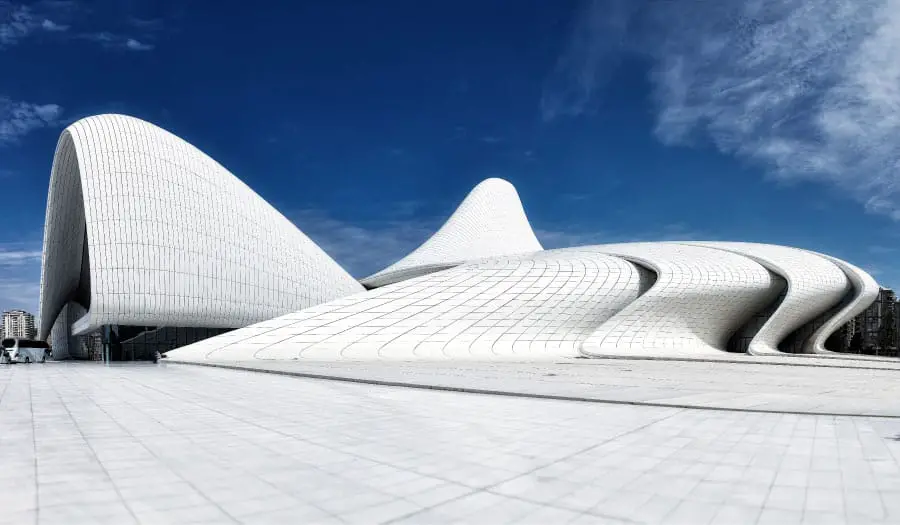
The Heydar Aliyev Center challenges the regular conventions of what buildings should be. We have long been accustomed to the rectangular and rigid shapes of buildings and structures. That specific form is both cost-effective and efficient in carrying the weight of a building to the ground.
Zaha Hadid, also known as Queen of the Curves, elevates the argument that architecture is an art through her usage of curves and slopes in her building forms.
There is no monotony to be found in this building, the eyes are lead up and down and everywhere else in order to fully comprehend what it sees. The design is so dynamic and yet so seamless in how it integrates curves in all aspects of the building, as seen in both the building’s interior and exterior.
There is no sign of uniformity; the curves work together in this building to lead people to the next interesting thing. Any signs of a corner are greatly overshadowed by how the building’s form seamlessly goes from one space to the next—even the use of lighting further compliments these curves and expresses them upon the viewer.
Notre-Dame du Haut by Le Corbusier
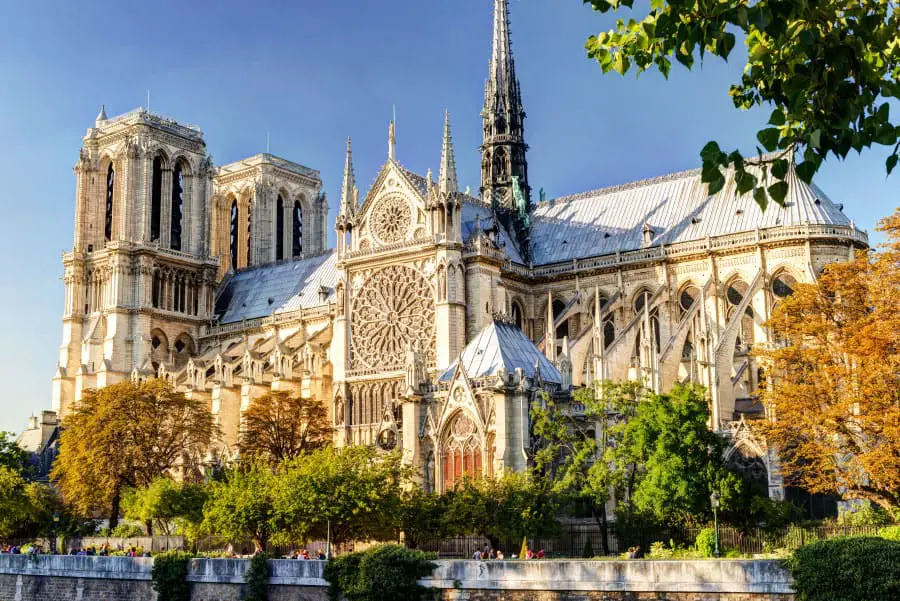
The Notre-Dame du Haut by Le Corbusier proves how human culture can evolve will still maintaining its tradition. It’s a Roman Catholic chapel that defies the usual style of how chapels are regularly built. Through the use of the architectural theory of modernism, Le Corbusier attempts to incorporate old traditions into newer fashions.
As the typical Christian chapel is generally ornamented with big stained windows, uniform arches, ornamentation, and etc. The Notre-Dame du Haut instead incorporates irregular curves and windows as well as a completely different orientation of space.
The most striking part of this building is how well and controlled it manages to incorporate light into space thorough completely unconventional methods. These types of attention to detail just again proves how architecture is an art.
Farnsworth House by Ludwig Rohe
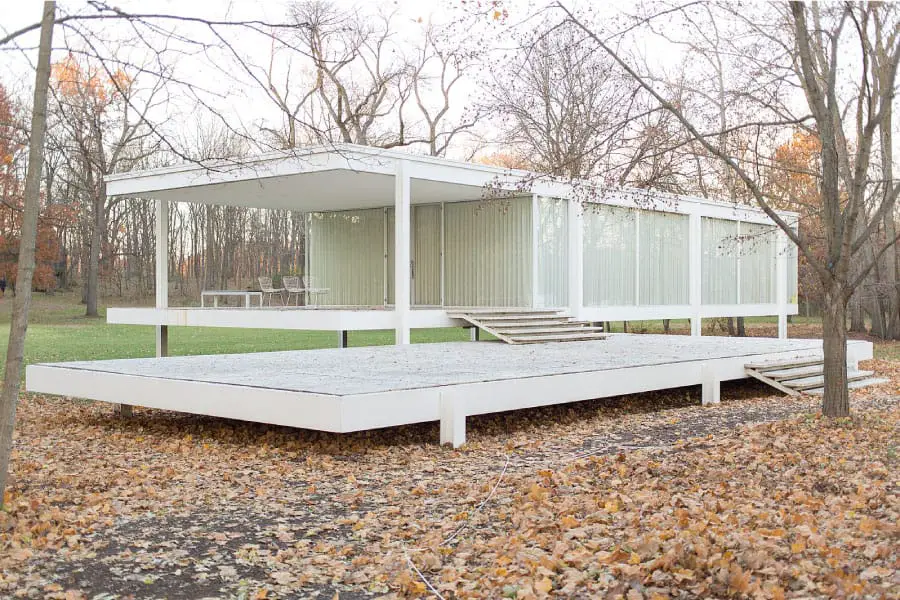
There is beauty in simplicity. The Farnsworth house proves just that. It doesn’t try to amaze people with complex forms or over the top facades. It’s just there, a reflection of the true scale of what humans have built compared to the size and complexity of nature.
The architect, Ludwig Rohe, designed the house in such a way that proves architecture is an art by allowing the users to determine how they want their space to be arranged.
Using curtains acting as walls, the users could determine where they want things to be. The only thing that separates the inside and the outside are sheets of glass, giving a sense of intimacy between the users and the outside environment.
Sendai Mediatheque by Toyo Ito
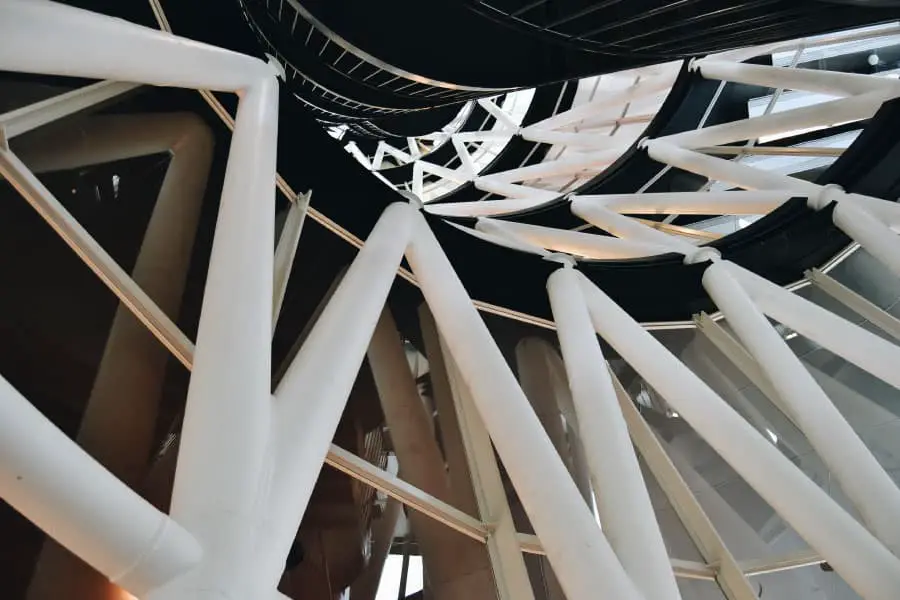
The Sendai Mediatheque shows how there is an endless number of approaches and innovations as to how buildings can be built. Although the form may seem simplistic, especially compared to the other buildings in this list, this building instead approaches design through its play on structurals and details.
The building’s facade very clearly shows what’s going inside, which is a lot of activity considering the scale of this building. The structural members, which are seen throughout the building, replicate that of a tree’s trunk. Toyo Ito integrates both the artistic aspect and the engineering aspect, proving that both these concepts can be designed and made into something that can actually be the main design feature of a building.
This building proves that architecture is an art through its usage and implementation of different elements that are often considered hindrances rather than complimentary towards a good looking building.
Conclusion
As shown by these buildings, architecture is definitely an art. Architecture has proven itself through its beauty and how it affects the human experience. Look around and learn more about architecture, and you’ll find that your environment might just look a bit better around you.
A better appreciation of how the world looks can help develop a better understanding of how the world is designed today. Even a simple inspection of your house, from the way the stair railings are designed or to ask why the window opens as it does, can give you insights. Knowing how a space was designed and determining the best way you can use your current spaces.

